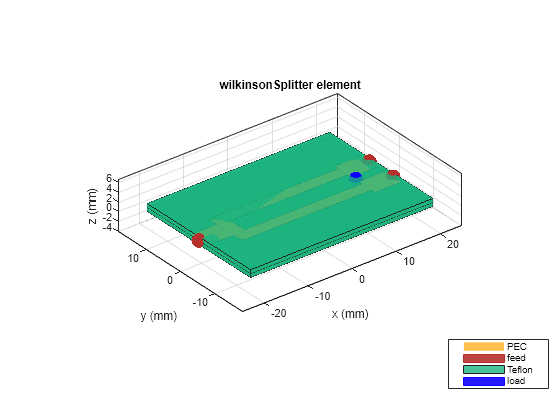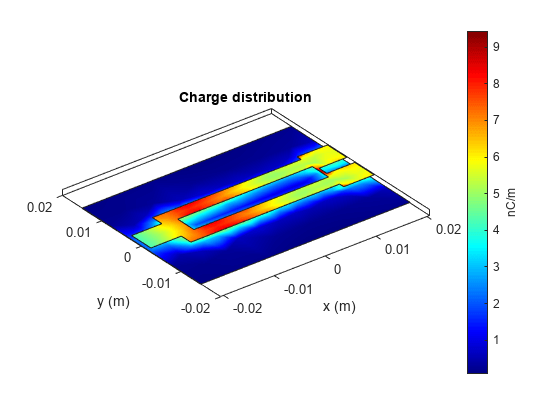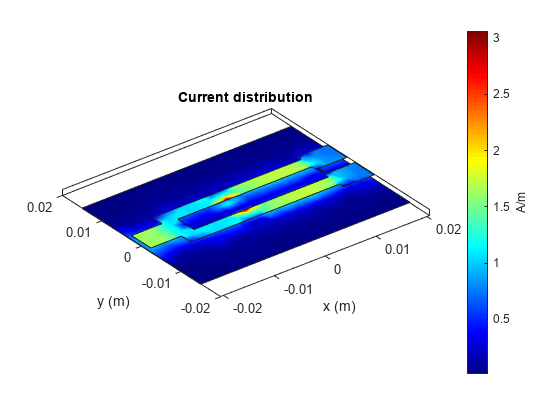wilkinsonSplitter
Description
Use the wilkinsonSplitter object to create a Wilkinson power
splitter in microstrip form on the X-Y plane. The Wilkinson power splitter is the most common
type of power divider. It is a lossless power divider and provides matching at all ports. The
isolation between the output ports is achieved using a 2*Z0 resistor
connected between the output ports. The Wilkinson splitter is used in transmitters, receivers,
power combining applications, and in devices measuring the power of a test
signal.

To analyze the behavioral model for the Wilkinson power splitter, set the
Behavioral property in the sparameters to
true or 1.
Creation
Description
splitter = wilkinsonSplitter creates a Wilkinson splitter with
default property values for an operating frequency of 1.8 GHz.
splitter = wilkinsonSplitter(
sets Properties using one or more
name-value arguments. For example,
Name=Value)wilkinsonSplitter(PortLineLength=0.0300) creates a Wilkinson
splitter with an input and output line length of 0.0300 meters. Properties not specified
retain their default values.
Properties
Object Functions
charge | Calculate and plot charge distribution |
current | Calculate and plot current distribution |
design | Design Wilkinson splitter around specified frequency |
feedCurrent | Calculate current at feed port |
layout | Plot all metal layers and board shape |
mesh | Change and view mesh properties of metal or dielectric in PCB component |
shapes | Extract all metal layer shapes of PCB component |
show | Display PCB component structure or PCB shape |
sparameters | Calculate S-parameters for RF PCB objects |
optimize | Optimize pcb catalog object |
EHfields | Electric and magnetic fields of PCB components |
Examples
References
[1] Pozar, David M. Microwave Engineering. 4th ed. Hoboken, NJ: Wiley, 2012.




